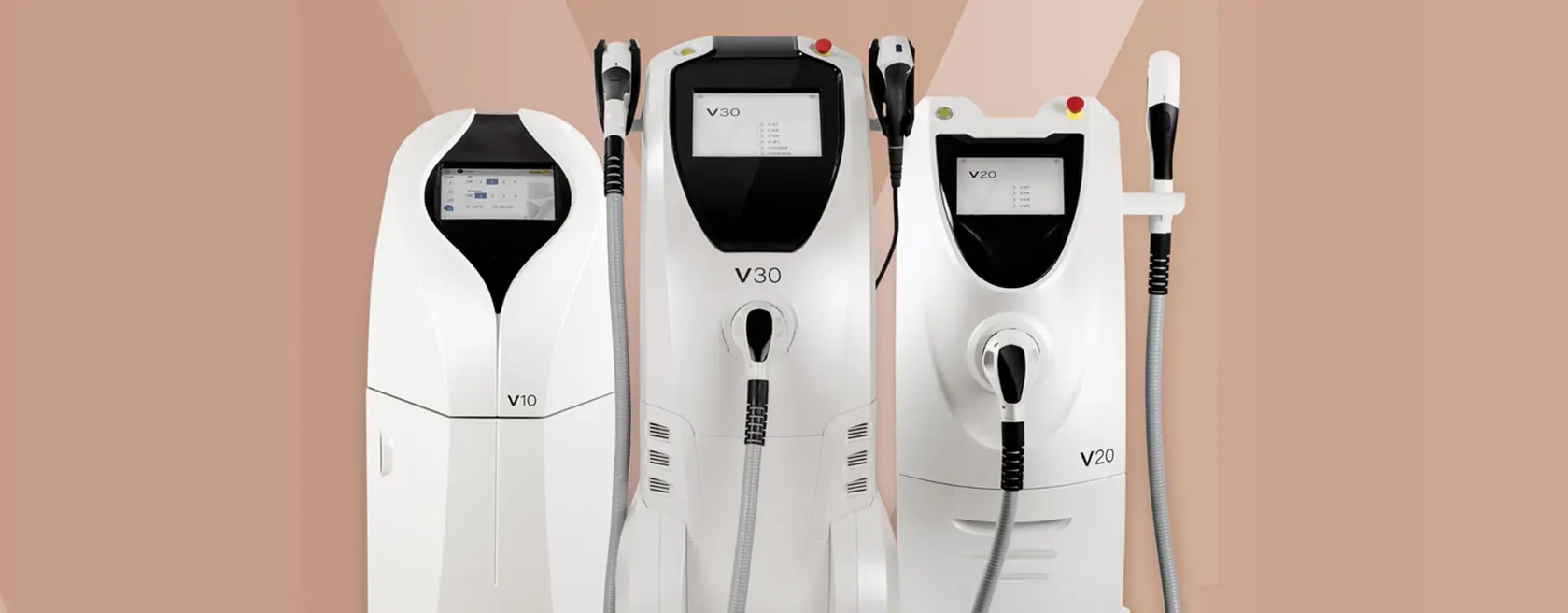
References
1/2 - J.Fares. A prospective study of evaluation of the results achieved with the application of PERFECTHA® Subskin, a new gel of hyaluronic acid non animal origin for malar and mental enhancement.
3 - Park KY1, Kim HK, Kim BJ. Comparative study of hyaluronic acid fillers by in vitro and in vivo testing. J Eur Acad Dermatol Venereol. 2014 May;28(5):565-8.
Cell toxicity was tested on fibroblast cell line. Cell viability was assessed neat and in 1/2 and 1/4 dilutions using 0.2g/ml HA filler.
4 - Koenig B., Analysis of IL-8 inducing potential from human effector cells. Evaluation of inflammatory potential of Perfectha product line by measurement of IL-8 release from adherent macrophages.
Study Report, MMD, August 2020.
5 - Post Market Data from July 2012 to August 2020.
6 - Talarico S. et al. Evaluation of the safety and efficacy of a new filler with hyaluronic acid for the treatment of nasolabial folds and lip contour; Surg. Cosmet. Dermatol.2010;2(2):83-6.
7 - Park KY1, Kim HK, Kim BJ. Comparative study of hyaluronic acid fillers by in vitro and in vivo testing. J Eur Acad Dermatol Venereol. 2014 May;28(5):565-8.
8 - Da Costa et al. Durability of Three Different Types of Hyaluronic Acid Fillers in Skin: Are There Differences Among Biphasic, Monophasic Monodensified, and Monophasic Polydensified Products?; Aesthet. Surg. J. 2016, 1-9.
9 - Internal data - Evaluation and comparison study of the G’ rheological properties of PERFECTHA® with the main competitors HA-based dermal fillers. This study was conducted internally on a TA Instruments DHR-2 rheometer with a 25mm parallel-plate geometry. Frequency sweep tests were performed on samples between 0.1 and 100 rad/s at a 1% strain in order to match the gels Newtonian Plateau and using plate-plate geometry.
10 - Internal Data: Material: Brookfield Texturometer CT3-4500 with a TA51 probe. Extrusion speed: 12mm/s over distance of 15mm.
